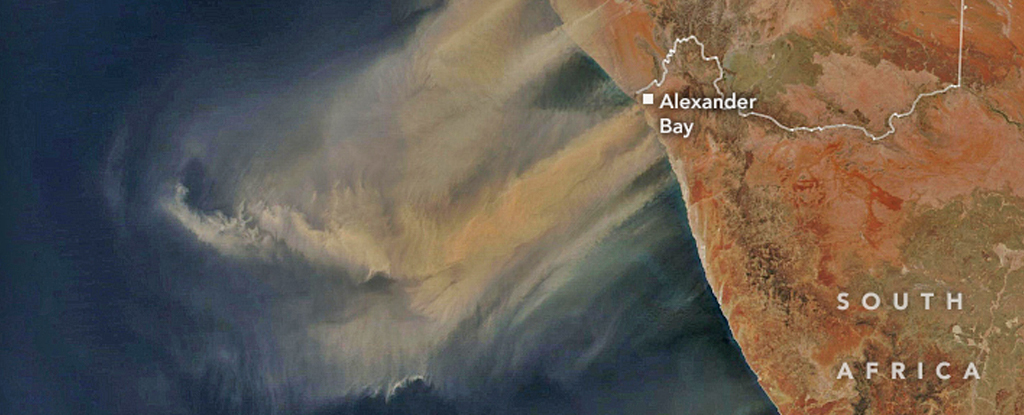Increasingly stormy wind more and more dust from the deserts of the world has been swept into our air since the middle of the 19th century. New data suggests this surge has masked up to 8 percent of current global warming.
Using satellite data and ground measurements, researchers have noticed a steady increase in these microscopic airborne particles since 1850. Soil dust in ice cores, marine sediments, and peat bogs show that mineral dust levels in the atmosphere increased by about 55 percent over that period.
By scattering sunlight back into space and destroying high-altitude clouds that can act like a blanket trap warmer air belowthese dust particles have an overall cooling effect, essentially masking the true magnitude of the current supplemental thermal energy vibrating around our atmosphere.
Atmospheric physicist Jasper Kok of the University of California, Los Angeles explains that this amount of dust would have reduced the warming by about 0.1 degrees Fahrenheit. Without the dust, our current warming to date would be 2.3 degrees Fahrenheit (1.2 degrees Celsius).
“We show that desert dust has increased and most likely counteracted greenhouse warming slightly, which is missing in current climate models,” says cook “The increased dust hasn’t caused much cooling – climate models are still close – but our findings imply that greenhouse gases alone could be causing even more global warming than models currently predict.”
higher wind speeds, drier soilsand changes in human land use all affect the amount of dust entering our atmosphere. Some of it then falls into our oceans, the supply of important nutrients such as iron to photosynthesizing plankton that consume carbon as they grow and reproduce.
This complicated desert dust cycle has yet to be accounted for in our climate models, and whether the amount of desert air particles will increase or decrease in the future is still unclear.
“By adding the increase in desert dust, which accounts for more than half of the particulate matter mass in the atmosphere, we can increase the accuracy of climate model predictions.” says cook “This is of tremendous importance as better predictions can make better decisions about how to mitigate or adjust it.” climate change.”
This study was published in Nature Reviews Earth and Environment.





